SITKA’S New Mountain Evo Jacket is Made for the Most Extreme Hunting Adventures

The Mountain Evo Jacket is available in black as well as OPTIFADE Open Country and Subalpine patterns, catering to a wide range of outdoor pursuits that require a pack, including hunting, mountain biking, backpacking, and backcountry skiing.
Game over

Man I have never had so much optimism hunting one buck, then had so many first hand encounters with him but have him walk away unscathed every single time. I named him Lucky and he seems to live a charmed life. On Saturday evening, my last night, I went back to my stand on the north end where he has been appearing every day. The wind was southwest and it was predicted to be that direction all evening. Anything with south in it is a bad wind for the stand on the south end, but SW is good for my north stand. I hoped this time he would come out within shooting range on the north end, and hopefully come down the trail at the stand for an easy shot. At 5:30 I heard a doe snort down at the south end of the field so I stood up and put my binoculars to my eyes. Lo and behold there stands a 10-pointer at the southeast corner of the field, a place where I had never seen him before. My heart sank. Then I got to looking at the deer closely and I became convinced it was not him. This deer looked like a 3-year-old and wouldn’t score nearly as high. So with my optimism back up, I held my vigil until about 6:30 when inexplicably, the wind changed to the southeast. Horrible for this stand I was in. In any other situation, I would have immediately gotten out and left, but it was my last day and I had no where to go, so I just sat it out with the faint hope that maybe it was my turn to get lucky. I did not. In fact, he didn’t show at all so I suspect he winded me and left. Lucky once again. That deer down in the southeast corner of the field walked south right up into Tom’s yard where Tom took a few photos of him out of the picture window and from the front door as he walked across the yard. This is a buck for next year. What a fun hunt even though it was incredibly frustrating. I came so close to getting that big deer so many times, but it was simply not meant to be. I learned that Tom’s property has a lot of nice deer on it, even though I hardly scratched the surface. I found three mature target bucks yet I only thoroughly scouted about a third of his 1600 acres. I’m definitely going back to do this again. He tells me what I saw was nothing compared to what shows up during the rut, because he has a large herd of resident does on his property. He guides a small number of muzzleloader and rifle hunters each year and the shoot quite a few 170 and 180 class bucks. I’m definitely not done deer hunting here.
Four Generations Succeed in Harvesting Bucks from the Same Blind
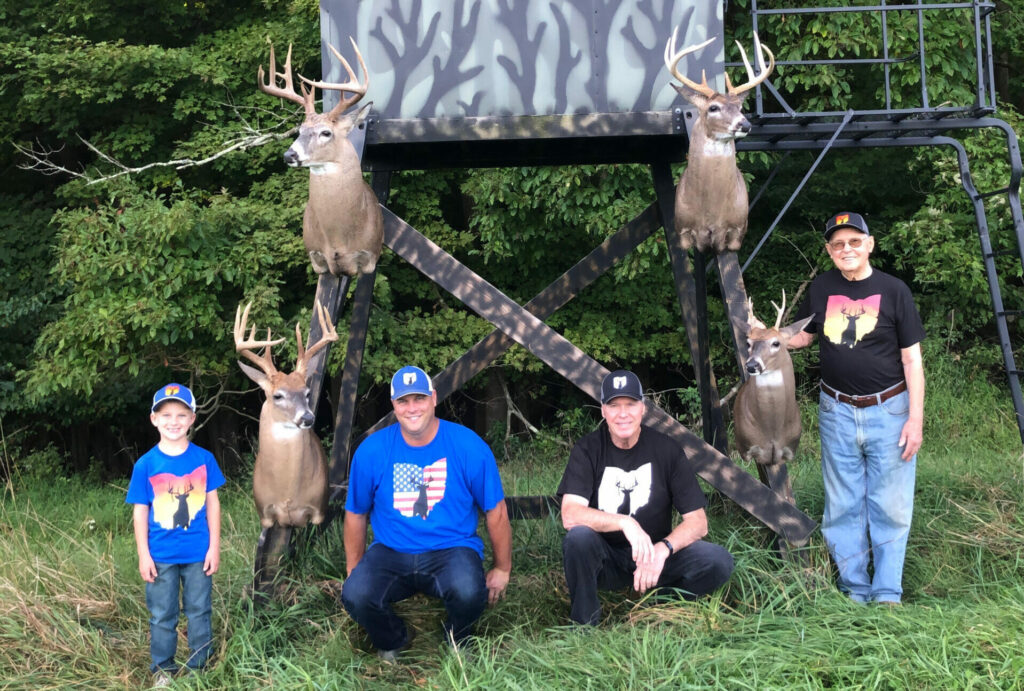
Learn how four generations of hunters each harvested a buck from the same blind in one season.
So You Think Your Gun is Accurate, eh?

So, you’ve invested $700 in a nice bolt-action rifle, $800 on a decent scope, and thousands more on clothing, hunting license, ammo, lodging accommodations, and who knows all what. So now you’re ready to take a week off from work and go hunt the elusive whitetail or bull elk, right? Not so fast. You may not be as ready as you think you are. That gun of yours may need a little more of your attention, and here’s why. Well, you’ve heard it said that you’re only as strong as your weakest link, right? Well, let’s take a look at those links. If you bought an old, used gun from some guy on the internet, your gun might be your weakest link. If you bought a no-name brand of optic you’ve never heard of because it was cheap, your optic may be your weakest link. If you bought no-name ammo, that might be your weakest link. But, if your gun has a plastic stock, there’s a good chance that right there is your weakest link. But replacing that hollow plastic stock is a fairly easy fix. All you need is a Boyds hardwood laminate gunstock and you’ll be back in business. The gun, the ammo, the optic, the stock, they all are part of a unit, and they all need to work together beautifully to give you the accuracy, the results of that bagged buck or bull that you’re looking for. Let’s start with the gun. How do you know if you’ve got yourself a really accurate shooting gun? Truth is, you really don’t know until you shoot it. Oh, sure, it may be a very expensive, very popular brand, and it may look beautiful and the action seems to function well, but you don’t know what you’ve got until the bullets leave the barrel. Just like any good-looking car that has a great paint job, it may look good, but how it will perform in your hands and out on the road is a whole different story. First, does the gun fit you? Does it fit your body? Does it slide right into your shoulder, into that sweet spot where you can instantly get a sight picture? Does it feel good in your hands? In the gun store, you’ll often see the older guys snapping the gun up and tucking the butt into their shoulders in smooth, lightning-quick movements. Do you know why they do that Experience, my friend, they’ve had a lot of years of misses. Those older guys know the importance of gun fit. A gun that doesn’t fit you right isn’t going to help you bag your buck; it could do nothing but frustrate you. I speak from experience on this one. My father gave me a Remington WingMaster shotgun for my 12th birthday. I was in heaven. I snapped that thing to my shoulder so perfectly, it was like the gun was made just for me. And when I went to shoot trap, as new and green to the sport of hunting and shooting as I was, I was hitting 22 out of 25 right out of the chute, and later 23 out of 25 And this was with a naked barrel; no ventilated rib, no 3-inch magnum chamber, just a plain pump shotgun. It was that gun that I got so darn good with while duck hunting. There seemed to be nothing that I could not hit. In later years I traded my Remington WingMaster in for a Remington 870 with vented rib and 3-inch chamber so that I could hit those real high-flying ducks and geese. I lived to regret trading in that WingMaster. That Remington 870 just didn’t fit me as the WingMaster did, and my trap scores dropped to a dismal 14 and 16 out of 25. I learned the hard way; if your gun doesn’t fit, then you won’t hit. The next component is your ammunition. I learned that the type and brand of ammunition can make a big difference in your accuracy, particularly when it comes to long-distance shooting. Apparently, your barrel has a vibration frequency at which it functions optimally, and different ammo can produce different vibration frequencies in your barrel. Find the right ammo load that your barrel likes and your barrel will spit those bullets out more accurately. Now I won’t get too deep into the details on the technical aspect of this – mostly because it’s mostly Greek to me – but I’ve been around professional target shooters enough to have learned that what they do when they sight in their rifles, they usually buy 4 to 6 different brands of the same load and bullet weight of ammunition. They sight in their gun with one brand of ammo, then start shooting the next brand and see if their point of impact changes. Trust me when I say this, each brand of ammo can shoot a little differently in your gun. It’s actually amazing to see how much that impact point can change with each ammo brand. The next, and arguably the most important, detail you need to look at is your gunstock. After all, your gunstock is the very foundation of your entire gun, it’s the foundation for what your barreled action sits in, right? So, you’ll want your barreled action to have the strongest, most- sturdy foundation possible in order to avoid unwanted flex and vibration that could affect your bullet’s impact point. It makes sense. Just like when you build a house, you’ll want to build it on solid ground, and not on a loose sandy hillside where the house could move or slide on you in a heavy rainstorm. Take a close look at what your gunstock is made of. Is it hollow plastic? If so, then that is probably not the best foundation you could possibly have for your barreled action. Plastic flexes, it bends, but worst of all it can grow and expand in warm temps and shrink
Baiting: Tools of the Trade from a Master Deer Baiter
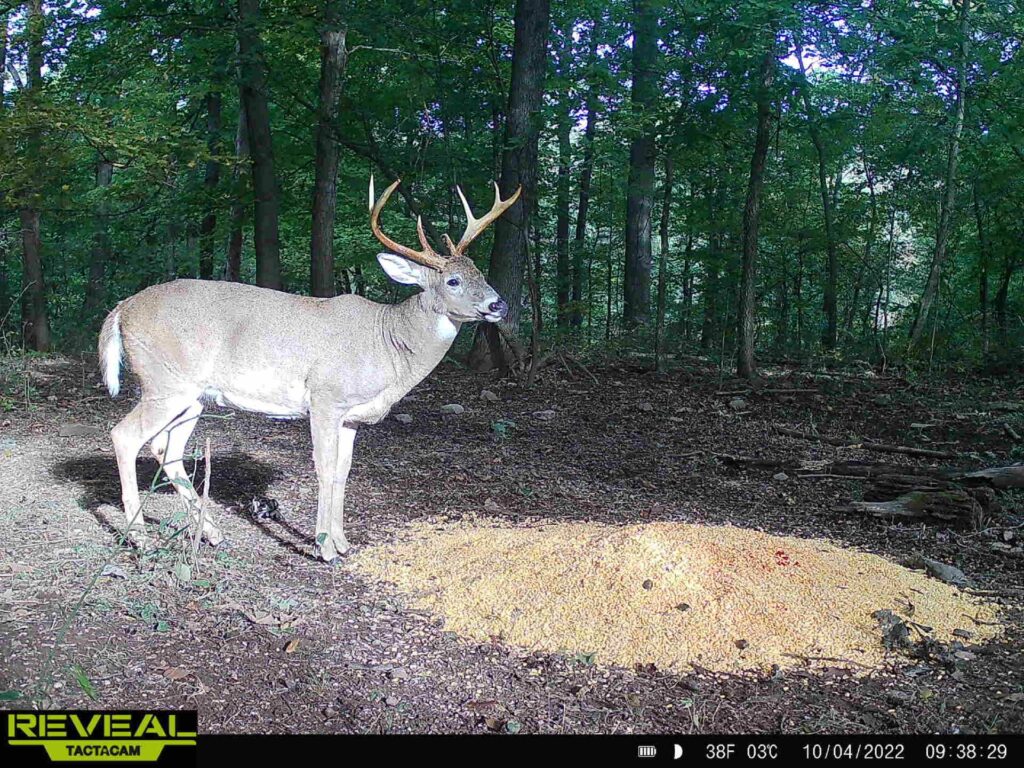
Author: Ross Mellinger The world we live in has become so filled with hate and judgment that it seems that truly nothing is off-limits anymore. The level of butthurt over success in anything is at an all-time high. People as individuals and others as part of platforms will stop at nothing to dissect a winner’s success, and furthermore, find some way to publicly shame or otherwise piss and moan about the level of that particular success versus their own inability to achieve the same themselves. The hunting world is no different. However, I’m going to break it down as nobody has before, so let’s dive right into it. The greatest debate I see in the world of whitetail hunting is that of “Baiting.” I often times hunt using feed, but I certainly have no issue with those that don’t either. I also have my theories as to why there is so much hate towards those that use feed as a tool to hunt. Here is where this is likely to upset a lot of non-feeding hunters, but if those of you are man enough to fuss and gripe about it behind a keyboard or smartphone, then you can be man enough to listen to an intelligent counter-argument. Aside from the logical and obvious legal arguments in states where it is, my theories fall into three main categories….hear me out. If you complain about “Baiting” and are not legitimately a purist or naturalist of the sport, then you likely fall into AT LEAST one of the three following categories: 1) You’re just flat-out lazy. There, I said it!!! Just rip that band-aid right off!!! 2) You’re too cheap to spend the money, but have no problem pissing away your money on life’s other frivolous things such as alcohol, tobacco, video games, tattoos, fancy TVs, high-dollar clothing, restaurants, concerts, or anything else of life’s “Luxuries.” 3) You lack true dedication to a program such as feeding or “Baiting” to give it the attention to detail and devotion that it requires to be effective. Now many of you non-believers have just finished that last sentence and become immediately defensive or angry. Again, bear with me here, and let’s dive into this with a bit more detailed microscope. I’m going to lay out my feeding/baiting regimen before we go any further, just so you have a solid understanding of where I come from in my argument. I’m not here to say that my approach is any better than anyone else’s, but before you begin to digest the magnitude of this, I know I am an extremist on the topic. Not everyone will experience the level of funding or dedication as me. I understand that. I target specifically mature animals that are known on a particular farm or region and this allows me to study and take inventory all year round. Having said that, my wife and I have taken a combined 29 Pope & Young whitetails in the last 10 years alone, and continue to do it primarily in a state that isn’t really recognized for that level of consistency. We aren’t special and we aren’t even what I consider “Gold standard” whitetail hunters, but we certainly have shared some success with what we do. I feed between 18-25 tons of feed per year and have done so for the majority of my adult life. I am 46 years old now. You read that correctly….18-25 TONS!!!! I also drop annually an additional 1500-2000 pounds of minerals. I also till and seed between 4-8 acres of food plots, but I also don’t ever hunt them anymore either. They are done solely for sanctuary reasons. Many of you will read that in disbelief. Yep, I DO NOT hunt my food plots. It’s a lot of work knowing I will NEVER hunt them each year. All this requires roughly 25 trail cameras to monitor this activity. It is a YEAR ROUND program, not just for a couple of weeks in the Fall of the year. I burn nearly all of my vacation from work dedicated to this as well as the actual hunting part of things. I sacrifice nearly every weekend as well to ensure it all gets done. I study maps weekly on identifying new areas and the potential access to minimize human intrusion. I access each spot ONLY between the hours of 10 am and 2 pm…EXCLUSIVELY….even in the Summer heat! After driving the side x side a reasonable distance, I physically carry the 100-pound feed bags to each site the last 50-100 yards of each setup – oftentimes several bags at once (whatever I feel will adequately last a 7-day period there, based on known activity). If it requires 500 pounds at one site, then that’s 500 pounds I physically put on my shoulders and carry in, bag after bag after bag….only after I previously loaded it by hand the first time into the side x side. I may do this for 6-10 different sites at a time on 3-5 different farms. Most of us can adequately do the math there to know that this is no easy task…and because of my level of commitment to it, it isn’t cheap either. A reasonable man can also see that it isn’t a hobby or fad, but rather a dedication to a lifestyle. In the end, I still have to know where to run my sites and how to access them while playing the wind and how to hang my stands in the right spot. It also allows me to know which deer in the area are mature and which are not and furthermore take inventory of new deer that move into or out of the areas. This program specifically is how I can firmly and legitimately make my claims to the aforementioned three main theories, as most of you will see just how involved my program is. Now, sit tight…I’m just getting started. I hear the cries all the time, “That’s not REAL hunting!”
Never Mess with Muskox Bulls in the Rut!
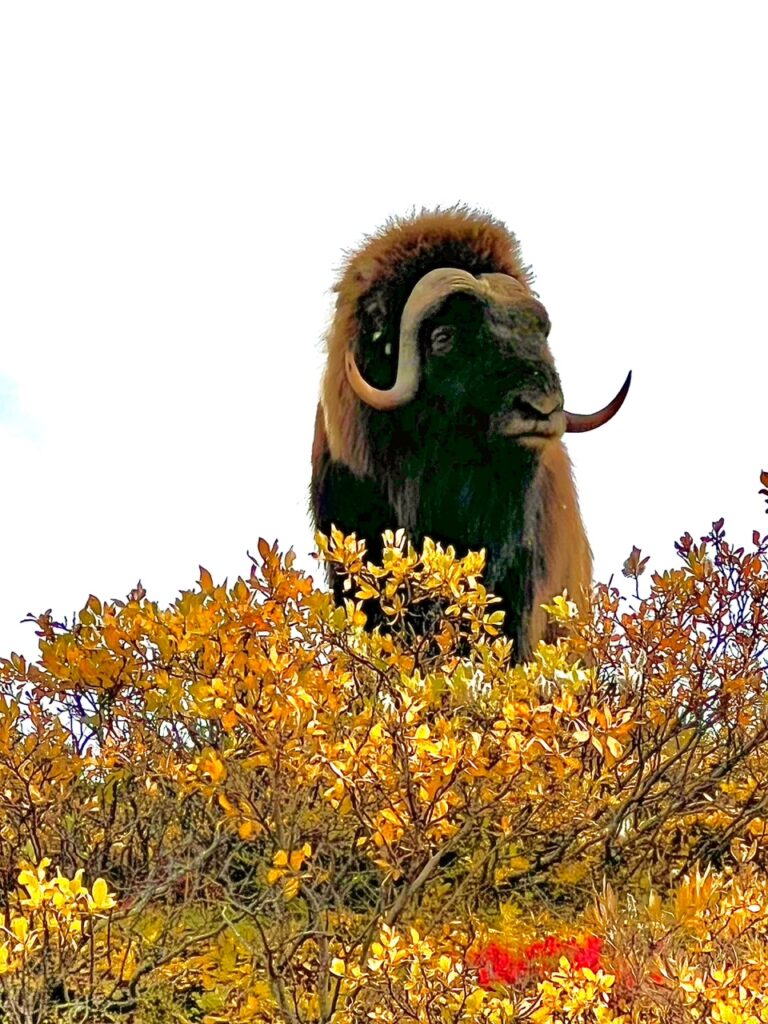
The fourth day, however, produced an adrenaline rush for me that I will never forget. A bull muskox charge is evaded from a quick thinking hunter with an escape plan.
Bowhunting Success Starts in the Bow Shop
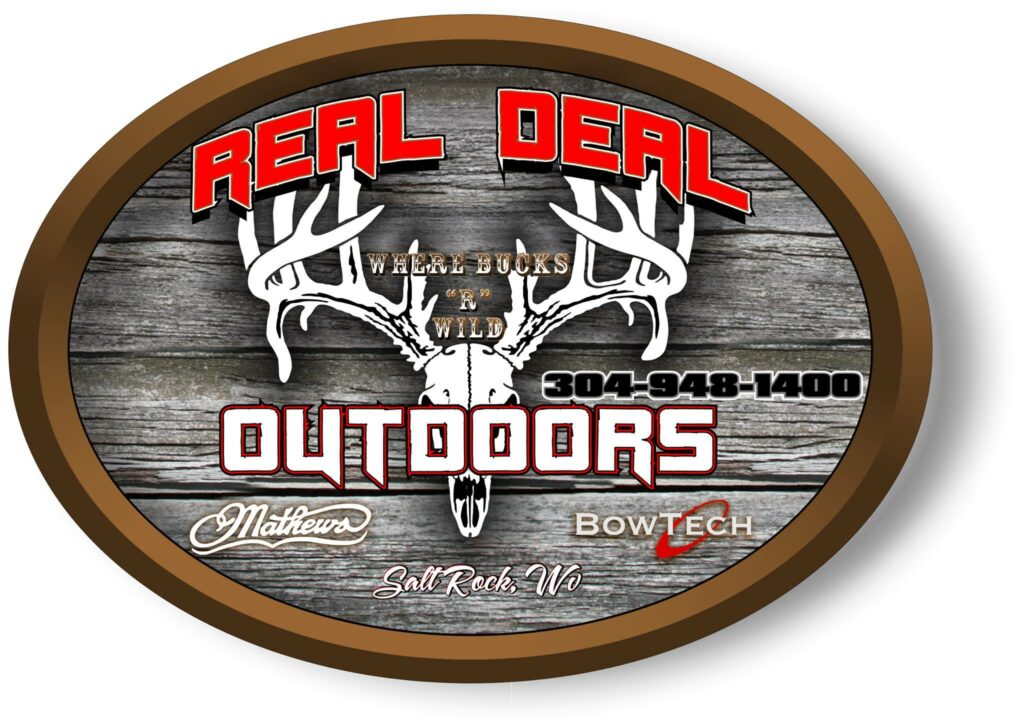
So much time and effort go into chasing the mature whitetails, only to get one short window of opportunity. Let’s map out a few keys to success that are easily overlooked.
Late-October is prime time to hunt scrapes and rubs

Most of October is an overlooked time for gathering information that will be valuable later on, and Late October is the one time of the year when focusing on scrapes and rubs can pay off big. By Bernie Barringer The month of October is maligned by bowhunters everywhere as the months where the bucks disappear into thin air. It’s a transition period between the time when they are in the visible, predictable patterns of September, and the rutting chaos of November. During October, the bucks are largely nocturnal, the bachelor groups have broken up and the food sources are changing. Farm crops are being harvested; acorns, chestnuts and hazelnuts are available for short periods as they fall and are cleaned up. Living is easy for the deer and their movements are minimal and erratic. Should you stay home during October? Absolutely not. There are times when being in a stand can be very productive, and there are other projects that can be done during this month that will increase your odds of bagging a buck later on. The first half of October is a time when bucks are doing a lot of rubbing. These rubs provide important clues to their travel and preferred bedding areas. As a buck rises in late afternoon, he stretches and gets his juices flowing by chafing up a couple trees nearby. He may hit several trees on his way to feed. These can provide clues to help you find his beds because rubs are directional. Follow a line of rubs backwards and you will eventually end up where the buck likes to seclude himself during the daylight hours. You might find a great place to set up and waylay that buck, but at least you will find some places to set scouting cameras and get a look at him. The information gathered will also help you learn more about the timing and direction of his movements. You can put a marker on each of the rubs using your Scoutlook weather app. A pattern will emerge right on your screen. October is the month of scraping. New scrapes appear every day as the bucks’ testosterone levels rise. The last two weeks of October is peak time for scraping. Primary scrapes can be found under overhanging branches on the edges of open areas. These will have fresh tracks in them most every day. It’s a great time to inventory the bucks in your area with a camera. I like to put scrape drippers on these scrapes and arm them with a Covert scouting camera. Bucks cannot resist visiting these scrapes when there is fresh new scent in them. Within three days, you are likely to have a photo of most every buck in the area. If you see daylight activity, make your move immediately. If I find an area all torn up with rubs and scrapes during late October, you can be sure I will be hanging a stand nearby. By the time the rut is in full swing, these scrapes will get little attention, so I want to take advantage while the getting is good. Interestingly, many studies have been done by biologists in an effort to learn how and when bucks use scrapes. They have found that by putting cameras covering the scrapes, they get photos of bucks mostly under cover of darkness. In fact some studies have shown that visits to scrapes by mature bucks will be as much as 90% at night. I have found a flaw in these studies; however, I am convinced that the bucks are scent checking these scrapes during the daylight, but they aren’t having they picture taken. Mature bucks do not like to expose themselves on the open edge of a field—which is where most of the scrapes are found—during the daylight. So if the wind allows, they scent-check the scrape from downwind 10-30 yards, depending on the cover. Only if they smell something that arouses their urges or their curiosity will they move right onto the scrape. This offers the hunter a unique opportunity to set up and take advantage of this behavior. Set up your stand downwind of the scrape. Additionally, adding some fresh scent to the scrape while hunting it can make a big difference. The buck may move to the scrape rather than skirting it. Use your Scoutlook weather app to mark the scrape locations, then look at the scent cone to determine the best tree for a stand. I have fallen in love with the last week of October for hunting over scrapes and rubs, While most of my DIY road trips for whitetails have focused on the first two weeks of November, these days, I find myself leaving home to be in position to hunt a day or two before Halloween. It allows me to scout quickly and find an area that reeks of rutting activity and get right into a tree to hunt. This is something I wouldn’t do during November. The last week of the month is also the best time of the year for calling and rattling in my opinion. Bucks in the Midwestern states where I do most of my hunting seem to come to rattling during this time better than any other time. And those scraping area are great places to rattle. The bucks come running in expecting to find some action in an area they already know is a buck hangout. It is embarrassing how long it took me to figure out why I would see deer in the distance when I was sitting in a tree over a rutting area. Here was an area all torn to pieces right in front of me, but I would catch a glimpse of a buck moving through the trees 40-50 yards away, and they were just moving through. Once I figured out that they were moving through downwind of the scrapes, the light bulb went on. I now use a scent to spike up the scrapes and
Mississippi River Whitetails
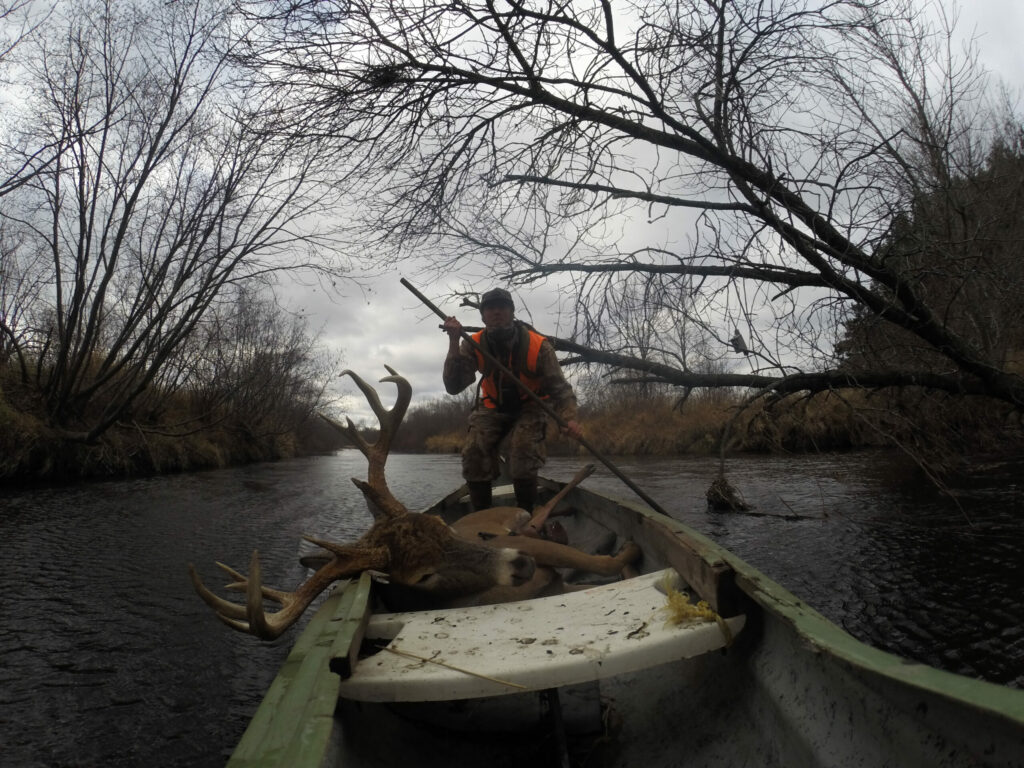
The “Big Muddy” is producing big whitetails and there’s plenty of public land to hunt them. By Bernie Barringer, photos by Bernie Barringer and Zach Ferenbaugh Take a look at the areas of the Midwest which consistently produce big whitetail bucks and you’ll find some similarities. Winona and Houston counties in the far southeastern part of Minnesota have produced more Pope & Young bucks per square mile than any other counties in Minnesota. Just across the border into Iowa is Allamakee County which has produced the most P&Y bucks of any county in the famously whitetail-rich Hawkeye State. Just east of there in Wisconsin, you’ll find Buffalo County which has produced far and away more Boone & Crockett and P&Y bucks than any other county in North America. Just across the southern border into Illinois, is Jo Daviess county, a place well known for big bucks. Farther south in Illinois is the area of the state that is known as the “Golden Triangle” of big bucks among serious Trophy deer hunters. It consists of Pike, Adams, Schuyler and Brown counties. Back to the west again are Clark, Pike, Lincoln, St. Charles and St. Louis counties in Missouri. Starting to notice a pattern? What you’ve just read is a list of the majority of the top counties in North America which consistently produce record book bucks; and it might surprise you to find that they all have one thing in common: The Mississippi River. This is no coincidence. In fact, it’s one of the best kept secrets in whitetail deer hunting, and to make it even more appealing, there’s an abundance of public hunting land all along the Mighty Mississippi where anyone can hunt whitetails without an outfitter or guide. The best of this is found along the river from St. Paul, Minnesota to St. Louis, Missouri. The river has been forever altered by the lock and dam system which creates floodplain and islands, most of which fall under the jurisdiction of the US Army Corps of Engineers (ACOE) and the US Fish and Wildlife Service. Land on either—and sometimes both–sides of the river has been set aside and protected from development. Because this is federally owned land, most anything that isn’t within the boundaries of a wildlife reserve or a park is open to hunting by the public. Few deer hunters—including many locals–fully understand the opportunities available here. Part of the reason it’s overlooked is the difficulty of access. Roads are limited and often muddy after rains. Many excellent hunting areas are accessible only by boat. Overall, it’s a challenging place to hunt, but of course all deer hunters know that the more challenging it is, the better the odds that bucks are growing old back in there out of reach of all but the most dedicated hunters. The Upper Mississippi Fish & Wildlife Refuge borders more than 260 miles of the River from Minnesota and borders most of Iowa and the northern half of Illinois. Dozens of state- and county-owned public hunting areas create even more access points. Generally, the ACOE owns land near the dams while lands between the dams are owned by other agencies. Any of these can hold good deer hunting; and for the most part, it gets less hunting pressure by deer hunters than the properties away from the river. The key to having hunting success is finding the right elevations and the food. Lower islands and floodplains are often characterized by large silver maple trees with little understory due to the frequent flooding. Deer travel through these areas, but find little food or bedding cover. Look for islands and shorelines with higher elevations, and you will find oaks and hickory along with their associated food. Because these higher elevation islands rarely flood, they can be well covered with forbs and the kinds of lush browse that deer look for to utilize both as food and bedding cover. Dozens of tributaries empty into the big river, most of which offer deltas that feature excellent deer habitat. Many of these are a mix between private farmland and wooded plains; ideal deer habitat. Accessing these areas can be difficult, but the use of a boat, canoe or Kayak can put a hunter into some prime areas that few other hunters will ever see. The upper part of the river bordering Minnesota and Wisconsin tends to be characterized by more sandy bottom, with some limestone outcroppings, in fact some of it can be waded, and getting to hunting areas most people don’t go is as simple as crossing a barrier of some sort such as a creek. It’s surprising how many deer live on the islands. Imagine being able to do a DIY public land hunt in the famous Buffalo County, Wisconsin where nearly 80% of the farmland is leased by outfitters. The areas bordering Illinois and Missouri tend to be silt and mud, with large backwater areas that see few if any deer hunting pressure. If you are looking for elbow room (and there’s platy of it) you’ll need a boat to hunt with any significant degree of success away from hunting pressure. In Pike County, Illinois are found some of the most famous and successful whitetail outfitters, and you can hunt right in their back yard for free. Some of the best places to hunt are areas where the fertile croplands surrounding the river meet with the public forested lands. Much of the upper river is characterized by steep bluffs right down to the river’s edge, but where the river widens, crops are often planted for miles along the river, while a narrow strip of publicly owned timber separating the water from the fields creates a travel corridor for cruising bucks. These places can be excellent spots to park yourself in a treestand for long hours during the first two weeks of November. Swimming and wading are normal parts of the daily lives of deer which live here. They routinely cross from island to island,
Blood Trailing Arrowed Bears
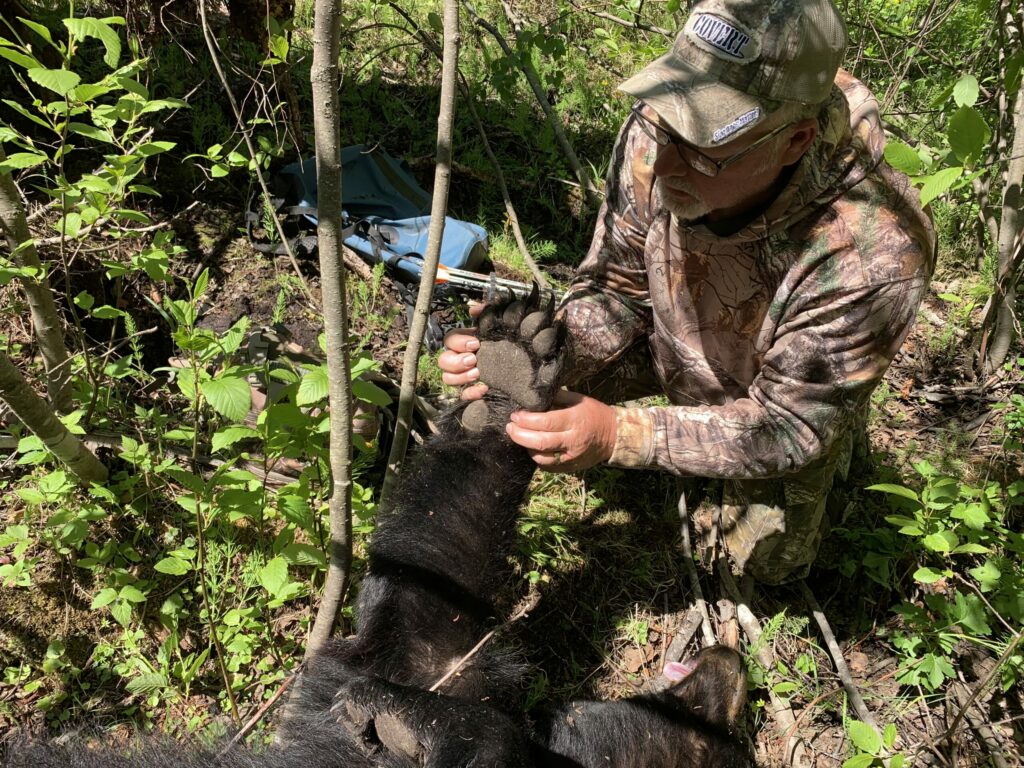
Why it’s different than blood trailing deer By Bernie Barringer My 16-year-old daughter Crystal was sitting in a treestand just below me and to my left. I saw a black spot in the bush behind the bait and tried to tap her on the shoulder to warn her, but she was leaning forward, a 20-guage youth model shotgun loaded with slugs across her lap. I couldn’t reach her so I whispered “bear coming!” But when I looked back up, the black spot was gone. Just 15 minutes later, the black spot was back and she saw it too. Another 15 minutes elapsed before a bear was standing at the bait, cautiously looking around. Eventually he turned broadside and Crystal calmly sent a slug though the heart of her first bear. It disappeared, but the noise of its running soon ceased. We got down and walked along the ample blood trail through the thick underbrush to the bear, making comments about the incredible amount of blood we were seeing. When we arrived, we were amazed to see that our pantlegs were soaked in blood from the knees down. A shotgun slug through the heart can really make a mess. If only all blood trails were so easy. But they are not. Certainly, an arrow through the middle of the heart can create the same scenario, I’ve seen it myself. But like most bowhunters, you and I probably aren’t aiming for the heart, we are aiming for the sure thing of a double-lung shot. There are a lot of variables that go into blood trailing bears, but here are some really critical ones: Was there an exit wound and was that exit wound low on the body? Is the arrow still in the bear? Did the bear run away or just walk away? Is the diaphragm punctured? Did you hear a death moan? These are all important clues that will help you as you follow a blood trail to a dead bear. Most bears do not go far compared to deer. Shoot a buck through both lungs and he’ll run full speed until he falls over, usually about 150 yards. Shoot a bear through both lungs and he’ll probably run 30-40 yards before stopping to see what happened to him. He may die right there, or he may just start walking. Walking causes them to use less oxygen so they can live much longer than a bear which just runs until it gets light-headed and falls over. I once shot a 500-pound bear which just walked away and kept walking. We followed a blood trail for more than 400 yards, and by that time I was convinced that I had misjudged where my shot hit the bear. But when we finally recovered the bear, it was exactly as I thought, I had punctured the diaphragm and clipped the back of the nearside lung, the front of the off-side lung and even nicked the heart. But because this bear did not require much oxygen on his 400-yard stroll, he was able to live a lot longer than a bear that would have run hard. I love death moans, not because I like the eerie sound, but because it offers me two important facts that really help in recovery: I know the bear is dead, and I know the direction and approximate distance of the bear. I will still follow the blood trail to the bear in most every case because just walking up to the body of a dead bear in the thick bush is normally a lot harder than it sounds. To digress a moment, someday I guess I should do a column on death moans and try to learn some scientific evidence for what causes them, but for now, I will tell you that I’ve killed 30 bears with a bow and I believe I have heard the death moan 8 or 9 times. At this point I cannot explain why some bears do it and some do not. In addition to the 30 bears I have killed, I have been in on the recovery of about 50 more so I have followed a lot of blood trails. I can tell you this without flinching, if you have a low wound where the arrow exited the bear’s body, your chance of finding an easy to follow blood trail is probably 10 times better than if the arrow is still in the bear with no exit wound. I’ve said this before but it bears repeating: I’ll take two small holes in a bear over one big hole any time. Keep this in mind when you are choosing your shot angles. I can think of two times when I executed a perfect double-lung shot on a bear which I was not able to recover, and both times it was because the arrow hit the off side leg bone or shoulder blade and did not exit. Okay enough on that. Let’s assume you have blood trailed a few deer and compare what to look for in trailing a bear; much of which is quite a bit different than a deer. You’ve hit a bear and you’re on the blood trail; here’s what to look for. A bear that’s shot through both lungs will have blood on both sides of the trail and also blood in the trail which is coming from the nose and mouth. Arrowed bears may not start out on an established bear trail, but any bear that still has his wits about him after about 15 seconds will be on a bear trail most every time. Here’s a really important image to keep in mind: When looking for blood on the sides, keep in mind that a bear’s fur is much like a paintbrush. As he walked through the brush, his body is moving aside the leaves and branches, and his fur is painting the undersides of the leaves as they are being brushed aside. This is an important source
